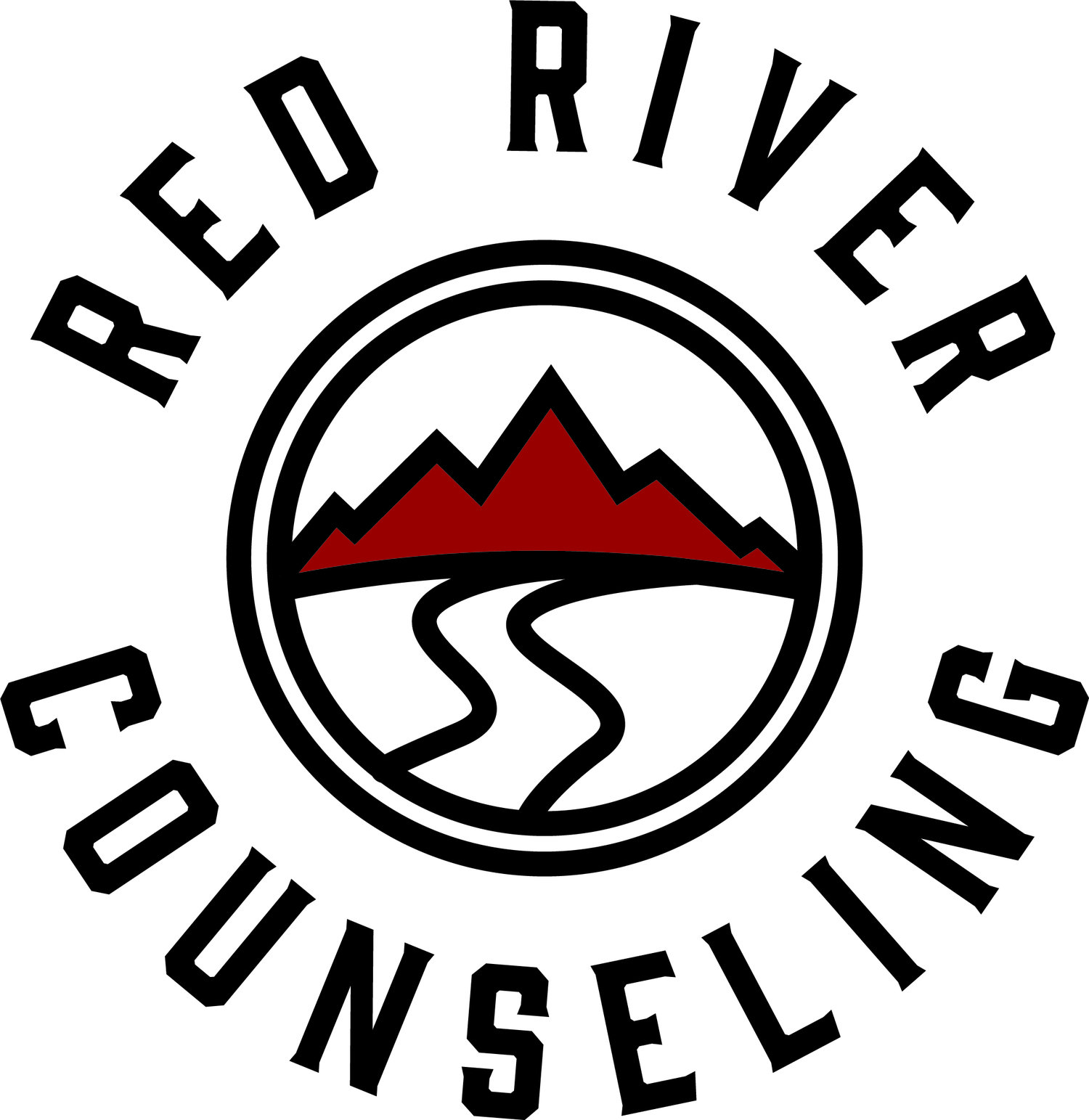Step 4 requires you to map out potential courses of actions, as well as the consequences for each.
Part 1 - Brainstorm Potential Courses of Action
For the first part of step 4, you’ll brainstorm as many possible courses of action as you can. Don’t worry about judging or eliminating any options just yet, you’ll get to that later. The guide below can help you get started.
Part 2 - Consider the Potential Consequences of Each Course of Action
Utilizing the guide linked below, you need to evaluate each option listed in part 1, seeking to understand the implications of each possible course of action, and how they impact those involved (including yourself). This process will help you remove those options which create further ethical dilemmas, avoid preventable consequences, and choose the option or options that best address this ethical dilemma.
Part 3 - Evaluate the Chosen Course(s) of Action
In this final part of step 4, you will need to further evaluate the course of action you have chosen to pursue. Apply it to each of these three tests:
Justice: In applying the test of justice, assess your own sense of fairness by determining whether you would treat others the same in this situation.
Publicity: For the test of publicity, ask yourself whether you would feel justified with your course of action being reported in the press.
Universality: The test of universality asks you to assess whether you could recommend the same course of action to another counselor in the same situation.
If you can answer yes to these three tests, continue to proceed.
Addendum - Seek Legal Counsel
At this point, as you have thoroughly worked to assess the ethical dilemma and your appropriate course of action, it would be wise to seek legal counsel before implementing your plan. This could include seeking legal counsel from a professional organization or licensing board you are a member of, HR at your workplace, your liability insurance provider, or a personal lawyer. Below is a link to governmental suggested support organizations.
After you have decided on a course of action, move on to Step 5.



